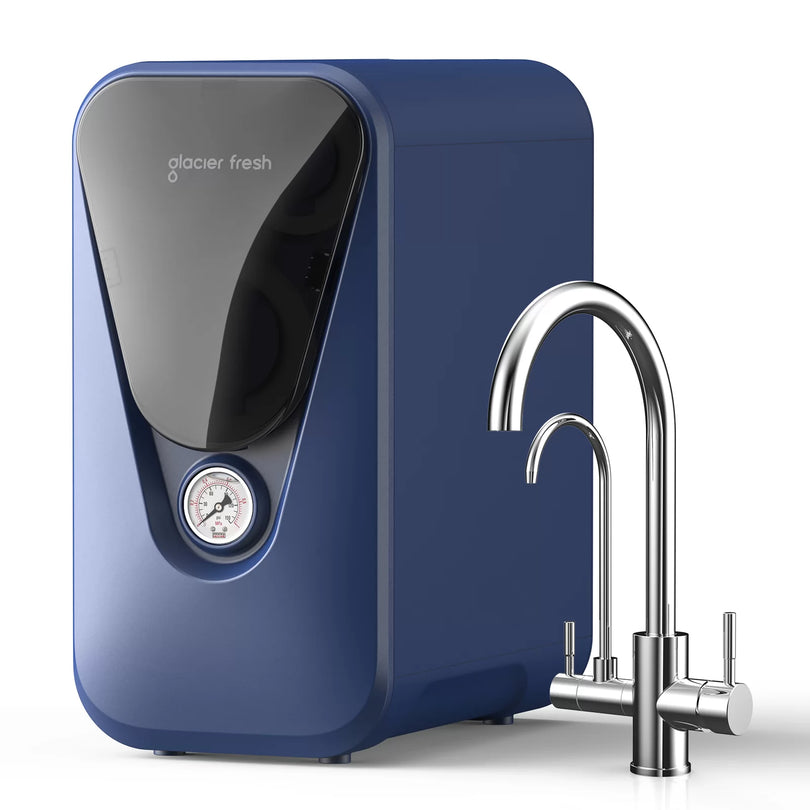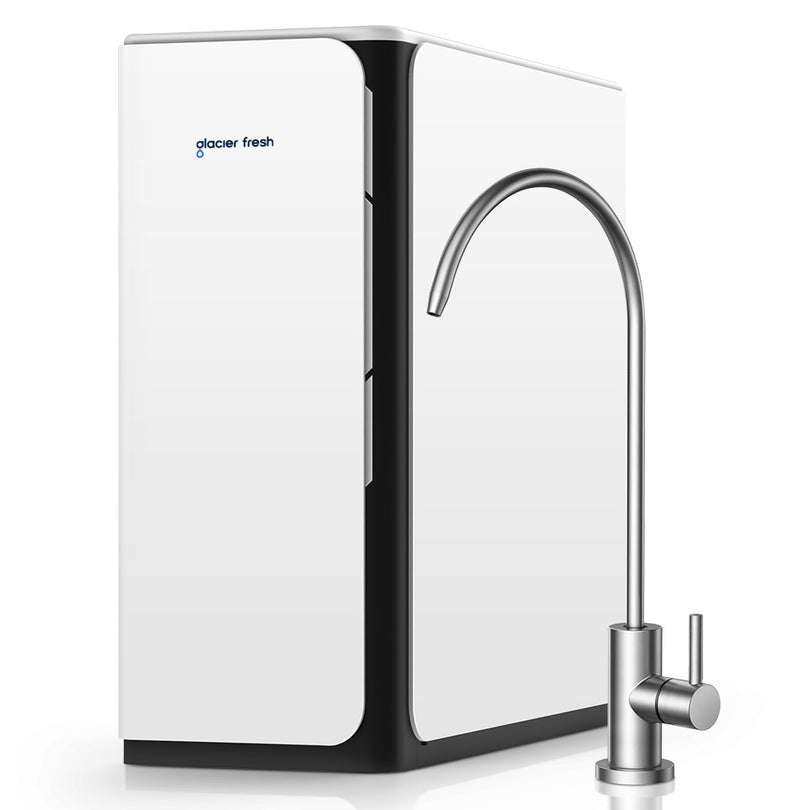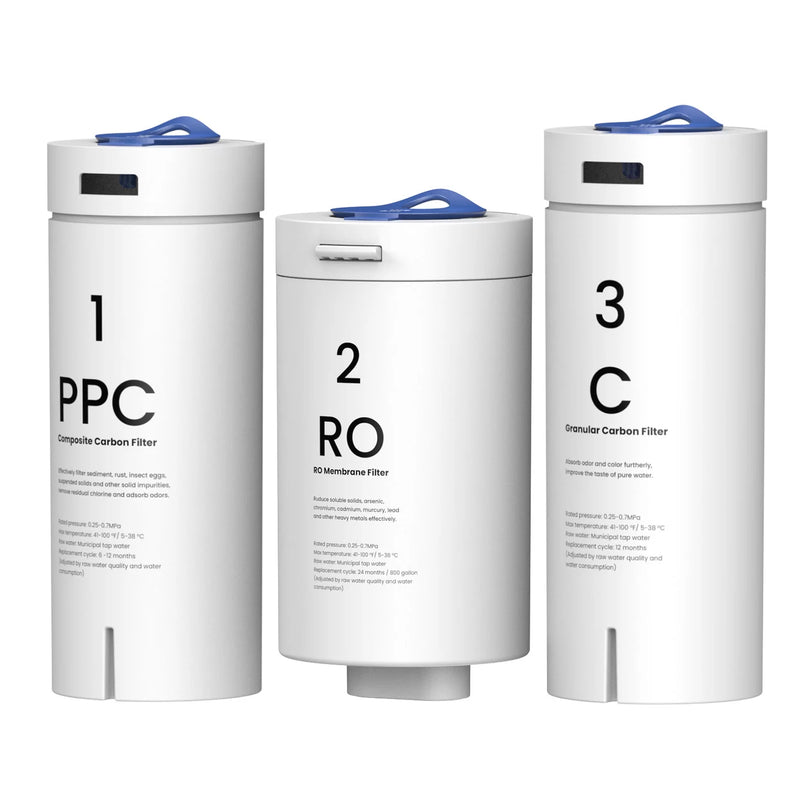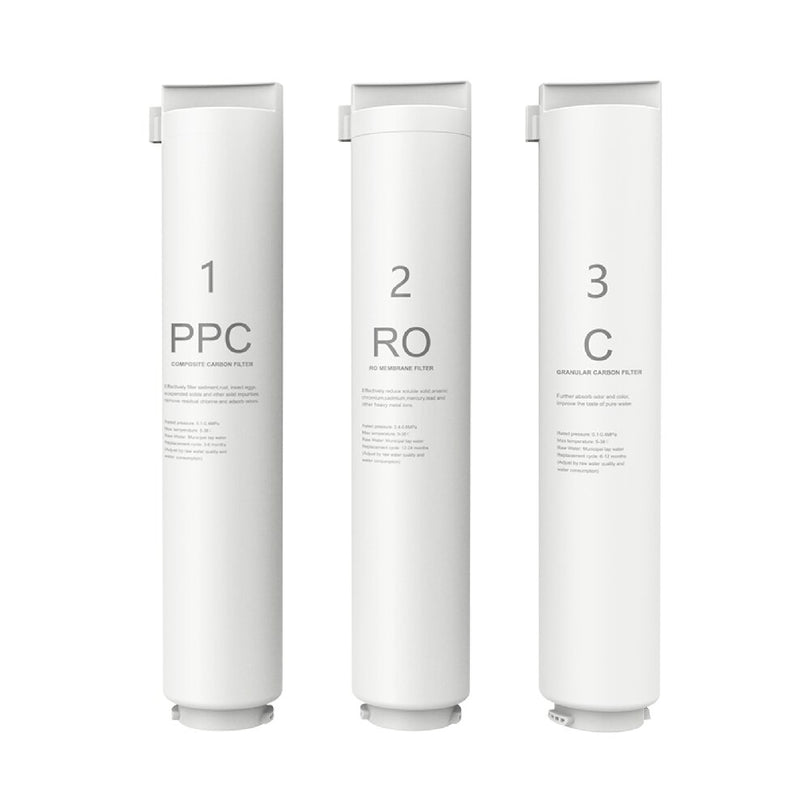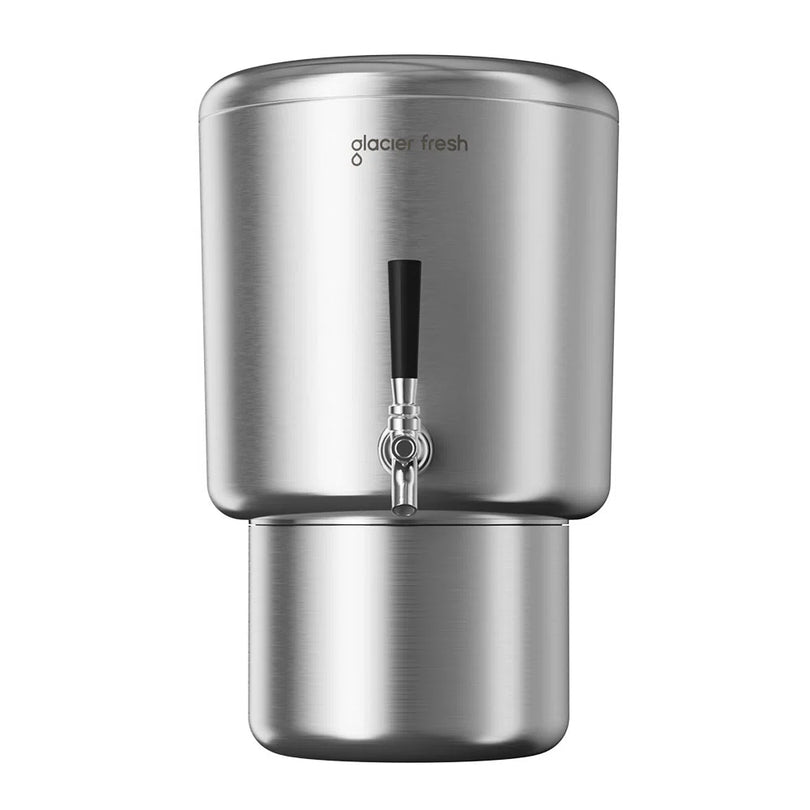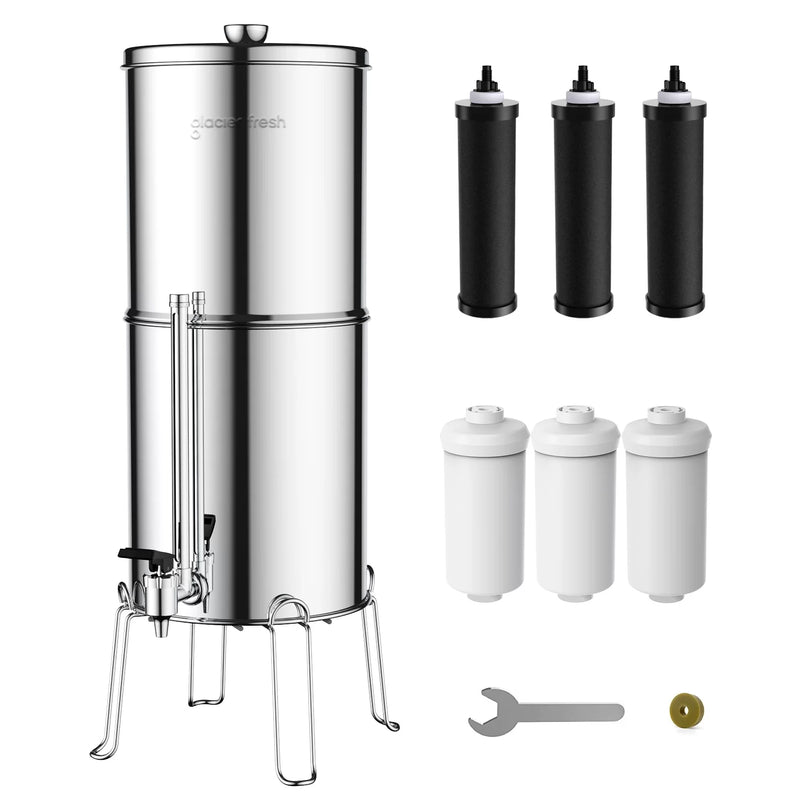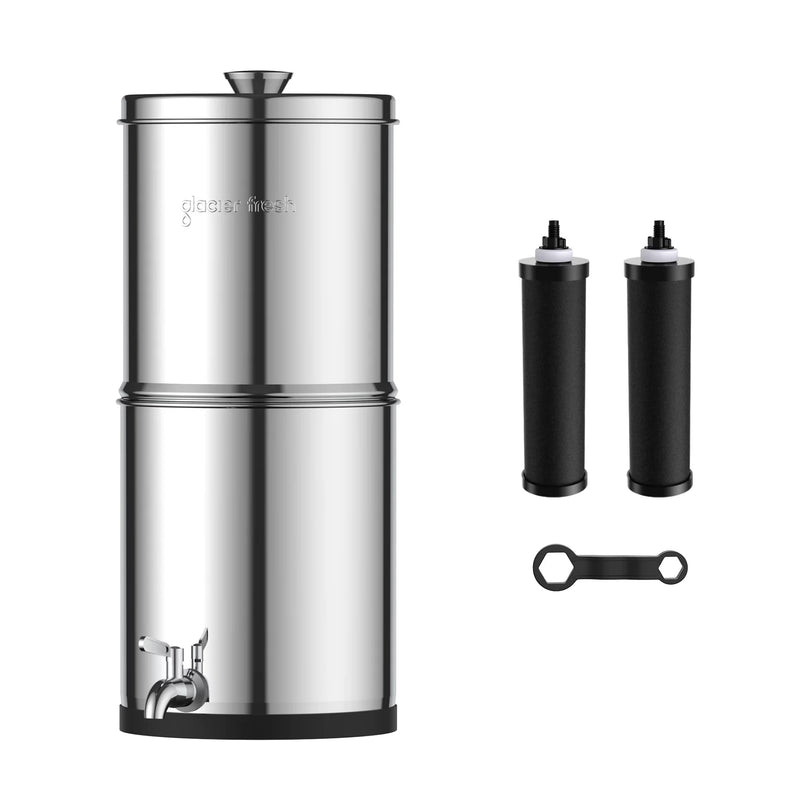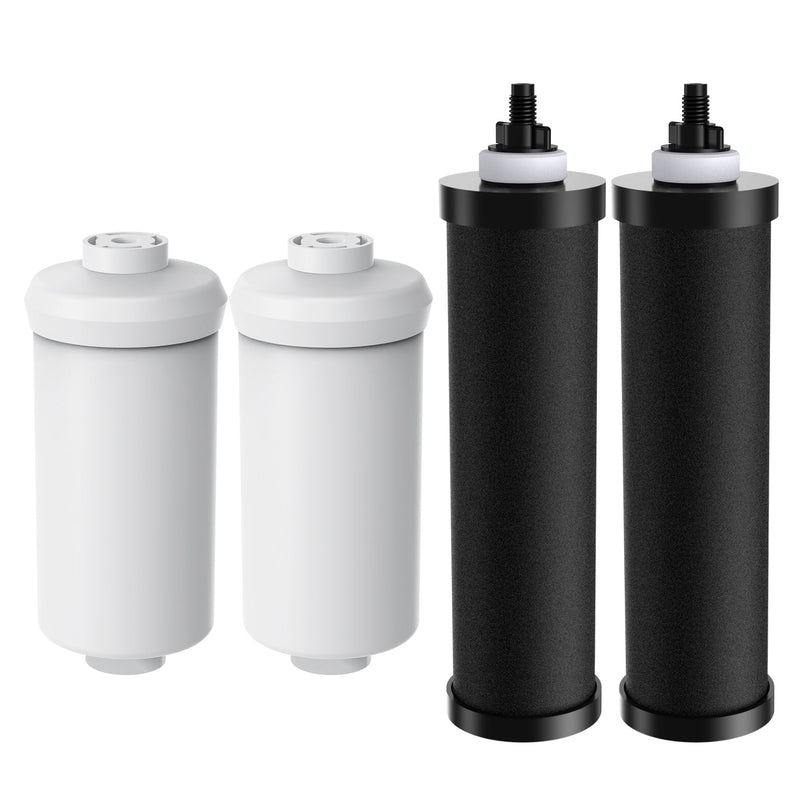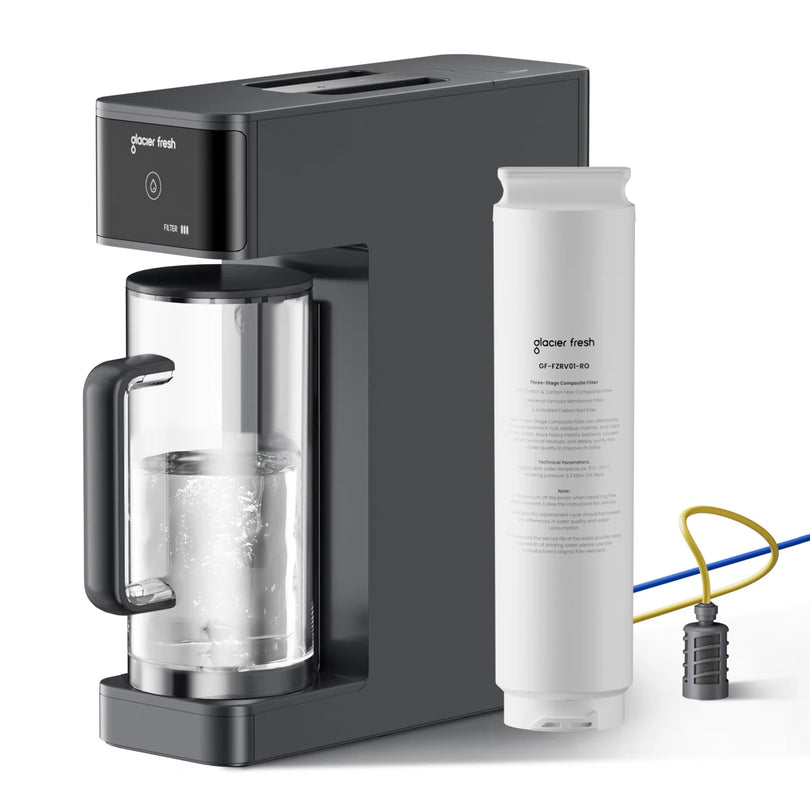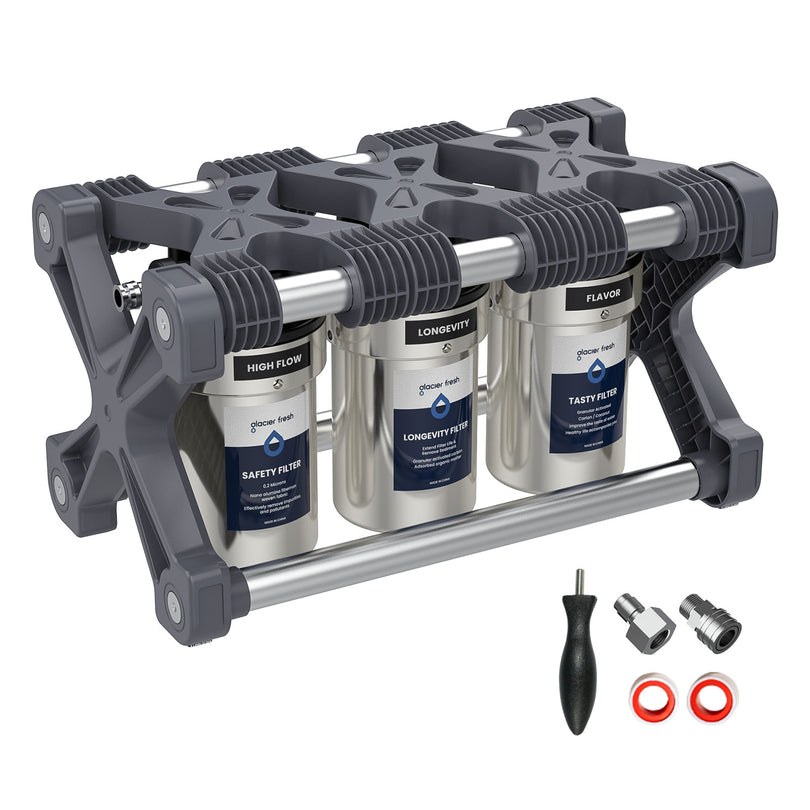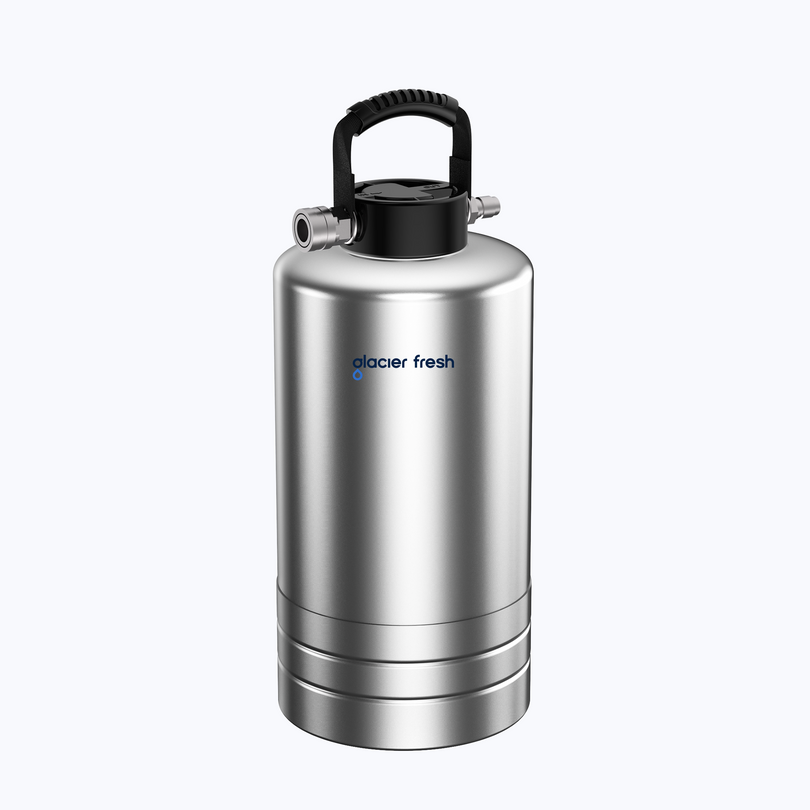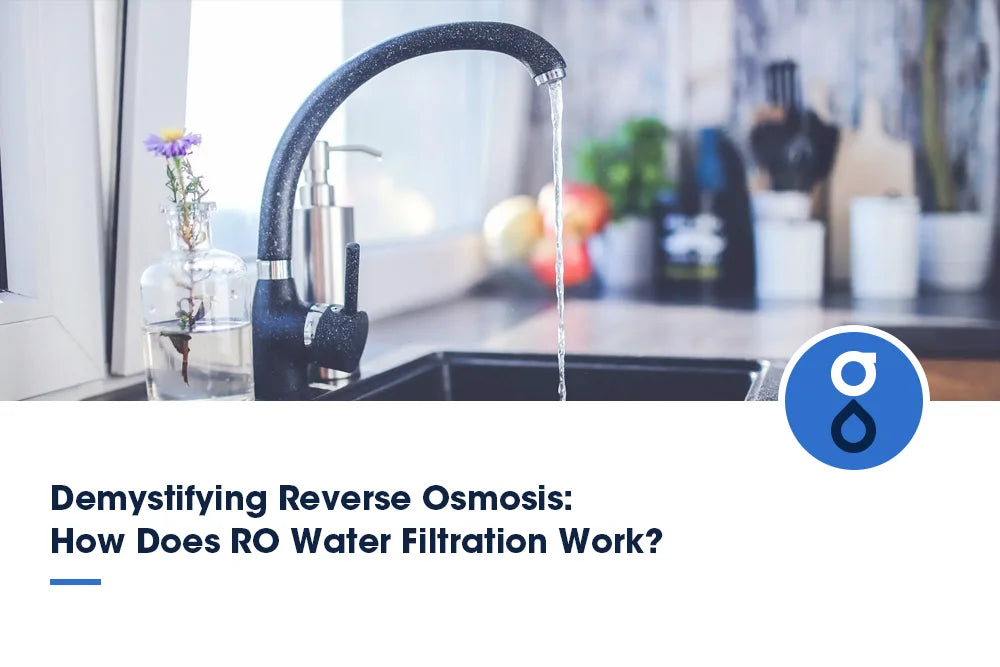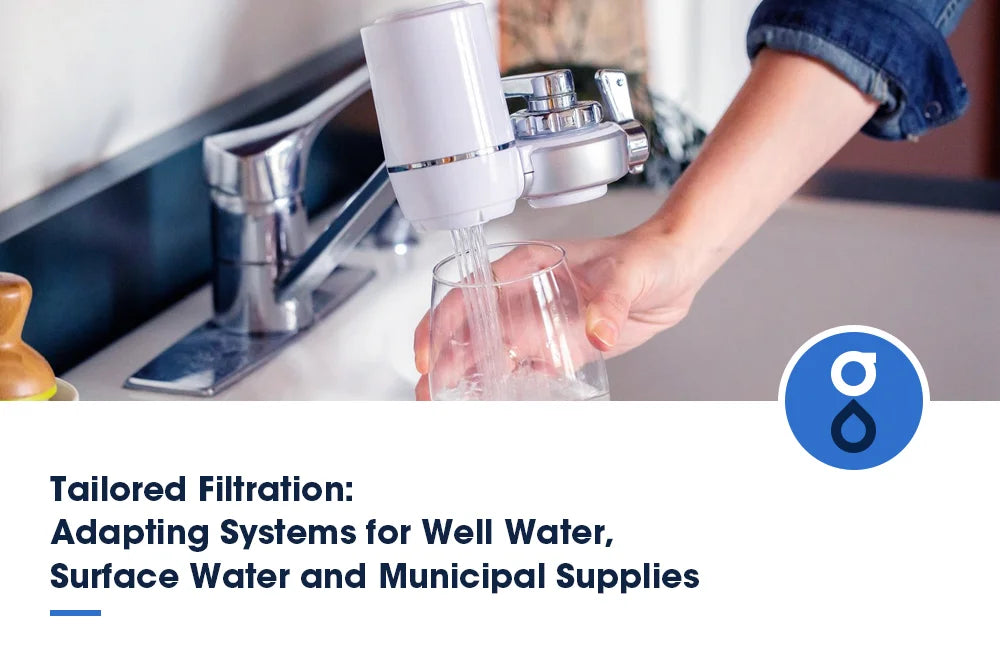Table of Contents:
What are waterborne diseaes?
Types of waterborne pathogens
Common waterborne diseaes
What are the causes of waterborne diseaes?
The impact of waterborne diseaes on public health
Prevention and control measures of waterborne diseaes
FAQs
Conclusion
Waterborne diseases lurk in contaminated waters, posing significant health risks. When ingested, microorganisms like bacteria, viruses, and parasites in sewage or runoff can cause severe symptoms. Preventing waterborne diseases entails understanding the risks and implementing robust prevention strategies. Awareness and proper sanitation are key in safeguarding your well-being from these potentially dangerous pathogens.
What are waterborne diseaes?
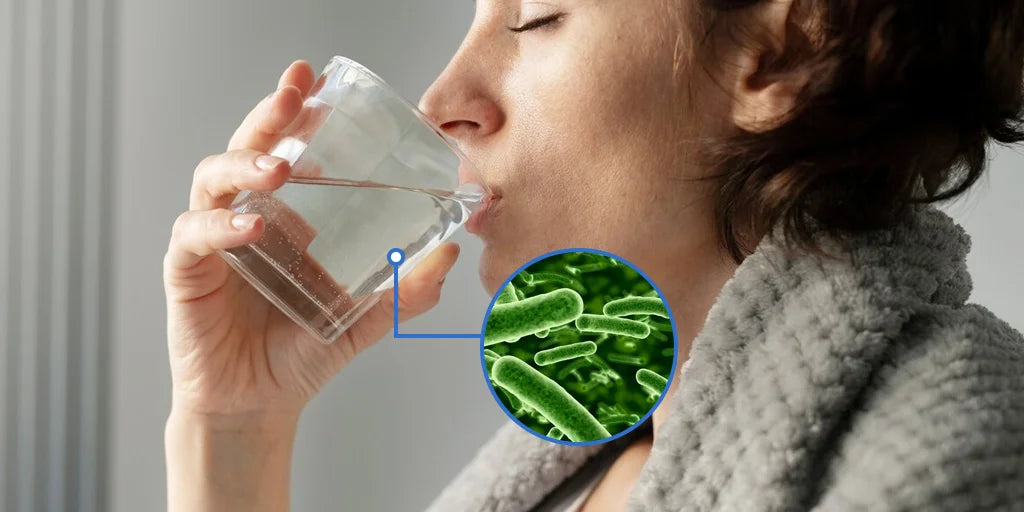
Waterborne diseases are illnesses caused by microorganisms that contaminate water sources. Disease transmission occurs when these pathogens enter your body through contaminated water, leading to various health risks. Consuming or coming into contact with contaminated water can result in severe illnesses such as cholera, typhoid fever, and dysentery. These diseases can spread rapidly in communities where clean water sources are scarce, highlighting the importance of water sanitation and hygiene practices.
Drinking untreated water from rivers, lakes, or wells contaminated with fecal matter can introduce harmful bacteria, viruses, and parasites into your system, causing gastrointestinal distress and potentially life-threatening conditions. Ingesting even small amounts of contaminated water can trigger symptoms like diarrhea, vomiting, and dehydration within hours or days of exposure.
Types of waterborne pathogens
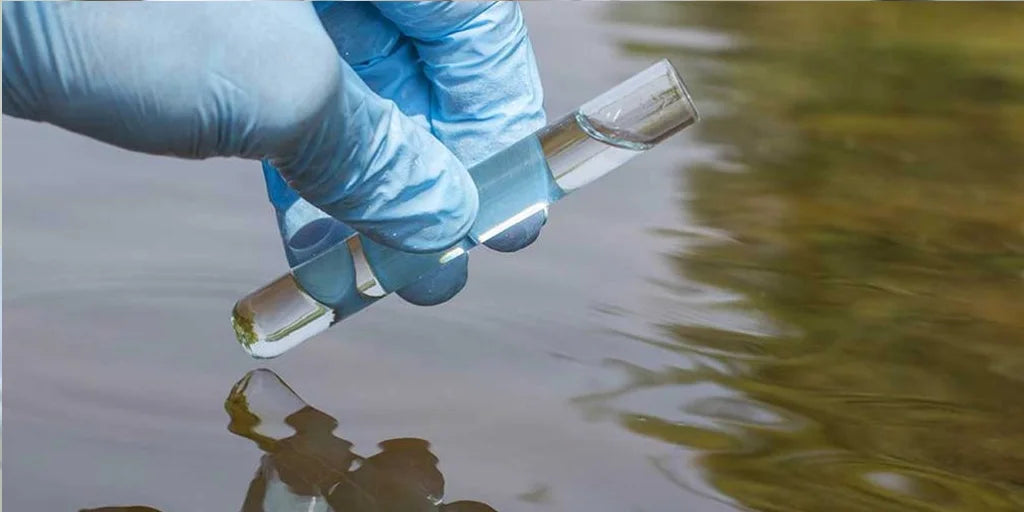
Various microorganisms, including bacteria, viruses, and parasites, are responsible for causing waterborne diseases. Pathogen identification is crucial in understanding the types of waterborne pathogens that can contaminate water sources. These pathogens can enter water bodies through various transmission routes, such as fecal contamination, agricultural runoff, and untreated sewage discharge. To prevent waterborne diseases, it's essential to be aware of the different types of present in water sources. Here are five key types of waterborne pathogens:
- Bacteria: Examples include Escherichia coli (E. coli) and Salmonella.
- Viruses: Common viruses found in water include Hepatitis A virus and Norovirus.
- Parasites: Waterborne parasites like Giardia and Cryptosporidium pose significant health risks.
- Protozoa: Pathogens like Entamoeba histolytica can cause severe gastrointestinal illnesses.
- Fungi: Certain fungi, such as Aspergillus and Fusarium, can contaminate water sources and lead to infections.
Understanding these different types of waterborne pathogens is essential for implementing effective treatment options and preventive measures to ensure water safety.
Common waterborne diseaes
What are some common waterborne diseases that pose risks to public health? Several common diseases can impact individuals who consume contaminated water. These diseases often arise due to pathogens present in water sources and can lead to various symptoms that affect the overall well-being of individuals. Proper management of symptoms, timely treatment, and understanding of environmental factors are crucial in effectively combating these diseases.

Each of these diseases requires specific symptom management and treatment options. Understanding the environmental factors that contribute to the prevalence of these diseases is essential in preventing and controlling their spread.
What are the causes of waterborne diseaes?

Understanding the causes of waterborne diseases is crucial in identifying sources of contamination and implementing effective prevention measures. Water contamination, poor sanitation, and infectious agents play significant roles in the spread of these diseases:
- Water contamination: Contaminants such as chemicals, heavy metals, and microorganisms can enter water sources through various means, leading to the potential transmission of diseases.
- Poor sanitation: Inadequate sanitation practices, like improper disposal of waste and lack of access to clean facilities, contribute to the contamination of water sources and the proliferation of waterborne pathogens.
- Infectious agents: Pathogens such as bacteria, viruses, and parasites are common culprits behind waterborne diseases, causing illnesses when ingested through contaminated water.
The impact of waterborne diseaes on public health

Waterborne diseases pose a significant threat to public health due to their potential to cause severe illnesses through water contamination by pathogens. Public awareness plays a crucial role in understanding the risks associated with these diseases. Lack of knowledge about waterborne illnesses can lead to inadequate preventive measures, increasing the likelihood of disease transmission.
The health implications of waterborne diseases can be severe, ranging from mild gastrointestinal discomfort to life-threatening conditions such as cholera and typhoid fever. These diseases can affect individuals of all ages and backgrounds, making it essential for the public to be vigilant about the water quality they consume.
Disease outbreaks related to contaminated water sources can have far-reaching consequences, impacting communities on a large scale. Rapid transmission of waterborne pathogens can overwhelm healthcare systems and infrastructure, leading to widespread illness and economic burdens. By understanding the impact of waterborne diseases on public health, communities can take proactive measures to prevent outbreaks and protect the well-being of their residents.
Prevention and control measures of waterborne diseaes
Implementing effective measures to prevent and control waterborne diseases is essential for safeguarding public health. To reduce the risks associated with waterborne illnesses, consider the following strategies:
- Water Filtration: Install and maintain proper water filtration systems like gravity water filter to remove contaminants and pathogens from drinking water.
- Hygiene Practices: Encourage regular handwashing with soap and clean water to prevent the spread of waterborne diseases through contact.
- Chlorination Methods: Utilize chlorine or other disinfection methods to treat water sources and kill harmful microorganisms.
- Safe Water Storage: Store water in clean and covered containers to prevent recontamination after treatment.
- Public Awareness Campaigns: Educate communities about the importance of clean water, proper sanitation, and hygiene practices to reduce the incidence of waterborne illnesses.
FAQs
Can waterborne diseases be transmitted through swimming pools or hot tubs?
Waterborne diseases can be transmitted through swimming pools or hot tubs if proper pool hygiene and maintenance are not observed. Risk factors include inadequate chlorine levels and various transmission routes. Hot tub safety and prevention tips are essential.
Are certain populations more at risk for contracting waterborne diseases?
Certain populations, like the elderly, children, and individuals with weakened immune systems, are more vulnerable to waterborne diseases due to their susceptibility. Geographic disparities and environmental factors contribute to health disparities, necessitating tailored prevention strategies.
Can climate change impact the spread of waterborne diseases?
Due to their susceptibility, certain populations, like the elderly, children, and individuals with weakened immune systems, are more vulnerable to waterborne diseases. Geographic and environmental factors contribute to health disparities, necessitating tailored prevention strategies.
Conclusion
You've learned about the risks of waterborne diseases and how they can impact public health. Remember always to practice good hygiene, use clean water sources, and properly treat and filter water to prevent the spread of waterborne pathogens. Stay informed and take precautions to protect yourself and your loved ones from these potentially harmful diseases. Stay safe and stay healthy!

